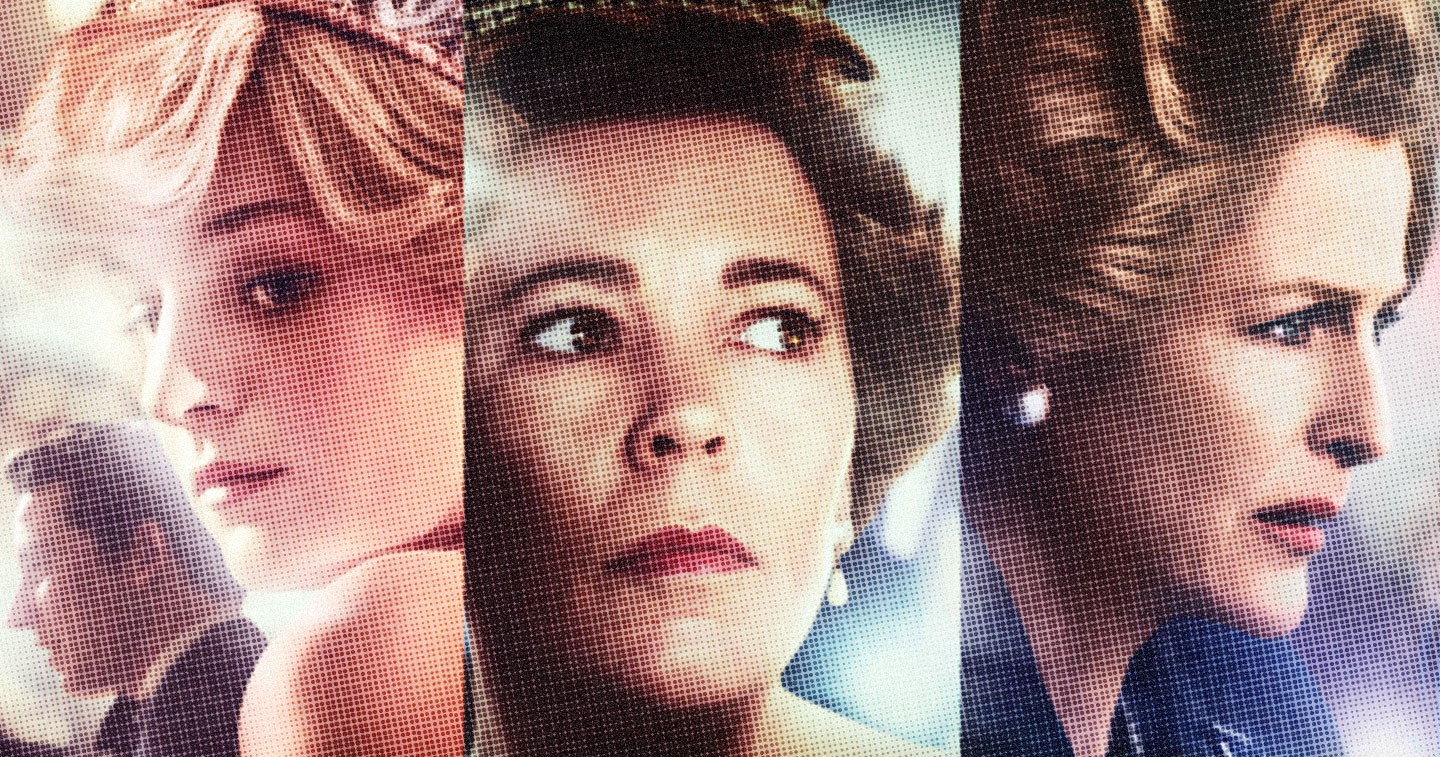Four seasons in and, for many fans of The Crown on Netflix, this is where things get really good. With the first three seasons of the show from creator Peter Morgan chronicling the rise to power of Queen Elizabeth II from the late 1940s to the early 1970s, this latest season sees the queen (Olivia Colman) in middle age and dealing with two spectacular additions to the story in the form of the first female prime minister in British history, Margaret Thatcher, and “the People’s Princess” herself, Lady Diana Spencer.
Thatcher, as played by Gillian Anderson, is immediately cast in an adversarial role opposite the queen that is different from her relationship with previous prime ministers. Equally headstrong but from a working class-background, the so-called “Iron Lady” establishes her government with record unemployment, war in the Falklands, and examining what role the United Kingdom still has among its former colonies.
The queen has always played herself off as never criticizing her prime ministers in public or in the papers, but her disagreements with Thatcher’s policies soon cause her to use less scrupulous means to voice her displeasure even as her subjects are struggling to make ends meet. At one point, one of those jobless laborers named Michael Fagan even enters the queen’s bedroom in Buckingham Palace to air his gripes to Elizabeth herself.
In Emma Corrin’s portrayal of Diana, we see a young, naïve girl who has a crush on a prince get swept off her feet only to find out that the fairy tale she was hoping for had no chance of coming true. Whereas Prince Charles (Josh O’Connor) came across as a tragic figure in the previous season due to his parents not knowing how to raise him and instead focusing on how to make a king, here, he comes across as a spoiled, vain, man-child who cannot bare to share the spotlight with the superstar that Diana quickly became.
While Elizabeth is dealing with ideological issues with Thatcher, she’s also trying to ensure that Charles breaks things off with the still-married Camilla Parker-Bowles (Emerald Fennell) and instead pursue the much more royally palatable Diana Spencer.
Even after Charles and Diana marry, Charles’ insecurities, the huge age gap between them, and their complete incompatibility soon results in cracks that no amount of time spent touring Australia or intervention by other royals could repair the union. Add to that Charles’ complete devotion to Camilla and Diana’s loneliness and you get a sham trying to pass off as an ideal royal family.
Although Vanessa Kirby’s portrayal of Princess Margaret in the show’s first two seasons cast the queen’s younger sister as an older generation’s first rebel and tragic figure, Helena Bonham-Carter made the role her own in the third season and this fourth one as Margaret saw her influence begin to wane as younger royals began to rise to prominence.
In the episode “The Hereditary Principle,” it is Margaret who, upon consulting with a psychiatrist, discovers that the Windsors have cousins who have been locked away and forgotten in a mental institution. Upon the discovery of sisters Nerissa and Katherine Bowes-Lyon, Margaret confronts the queen mother, the former Queen Elizabeth (Marion Bailey), who argued that the sisters were kept hidden to remove suspicion that mental illness could be passed down to the royal family.
As with many aspects of the show, the latter confrontation is a fictionalized account, although the Bowes-Lyon cousins were very real. This is what has supposedly caused the royal family, at present, to be concerned about the portrayal of Charles, Camilla, and other royals around the issue of the late Diana. O’Connor, Fennell, and Corrin all share some resemblances with the real people they are portraying, even wearing clothes and talking and sounding like them. It thus becomes very difficult to separate what is fact and what is Morgan’s fictional history.
Most of the actors that have been associated with the show including original Queen Elizabeth Claire Foy and original Prince Philip Matt Smith have stated before that The Crown is a work of fiction as nobody has recordings of the conversations these people had behind closed doors. Yet it is perhaps a credit to Morgan and his team as well that these actors have nailed their performances so well with period-accurate clothing, technology, and situations that that line is blurred more than ever in this fourth season.
Anderson wipes away any image one might still have of her previous famous role as FBI Special Agent Dana Scully as she becomes the formidable figure that is Margaret Thatcher. Beyond the large sprayed-on hair, shoulder pads, and voice, Anderson presents a figure who is not intimidated by Elizabeth and actually seemed to enjoy her own share of the limelight as leader of the nation.
Margaret and her husband Denis’ (Stephen Boxer) contrast to Elizabeth and Philip (Tobias Menzies) is stark although both couples clearly share relationships built on love, trust, and support for one another. The scenes in their home are emblematic of their differences with Thatcher almost always preparing a meal for her family while talking about issues with Denis while Elizabeth and Philip have their discussions in different rooms in the palace with a revolving door of characters joining them.
As is tradition with The Crown, the actors portraying Elizabeth, Philip, and Margaret are set to give way to another set for the fifth season and the concluding sixth season of the show. Imelda Staunton, Jonathan Pryce, and Lesley Manville are set to take over just as these three took the baton from Foy, Smith, and Kirby before them.
With the show moving into the 1990s and beyond, the tragedy of Princess Diana will undoubtedly see its climax soon as Elizabeth Debicki and Dominic West take over as Diana and Charles, respectively. As difficult as it may be to bid these actors goodbye, fans of the show have done so previously yet The Crown remains as engaging and entertaining as ever, if not more so.
Through it all, as Prince Philip reminds Diana in the season finale, at the center of it all is Queen Elizabeth II. Their solar system revolves around her and her allegiance to duty is what has kept the British royal family relevant and alive for over six decades and counting, no matter the challenge.
About the reviewer:

Jason Inocencio was once the Digital Editor of adobo magazine who still loves seeing great campaigns from all over the world. He proudly shows off his love for all kinds of geeky things, whether it be movies, TV shows, comics, sports, or trivia










